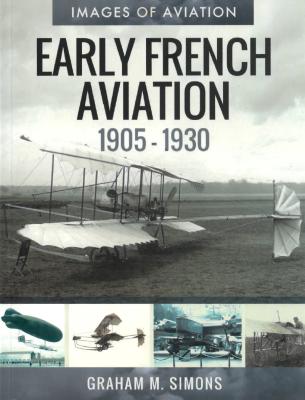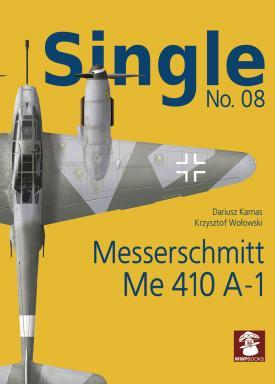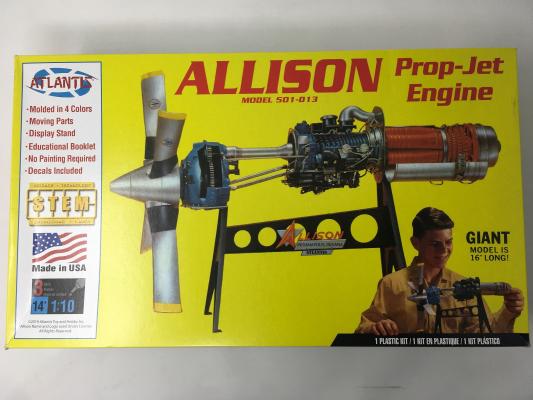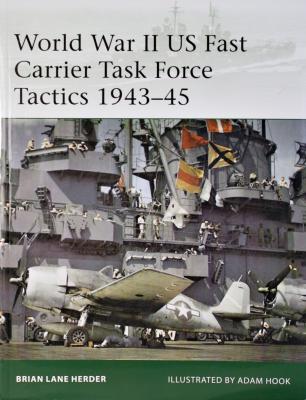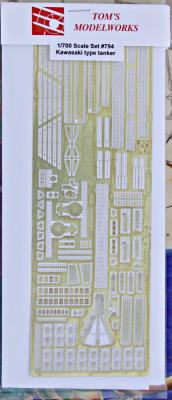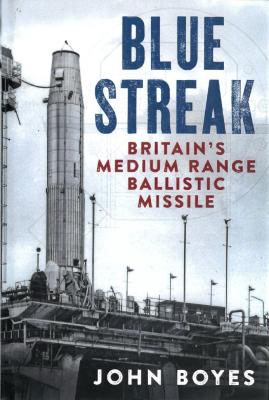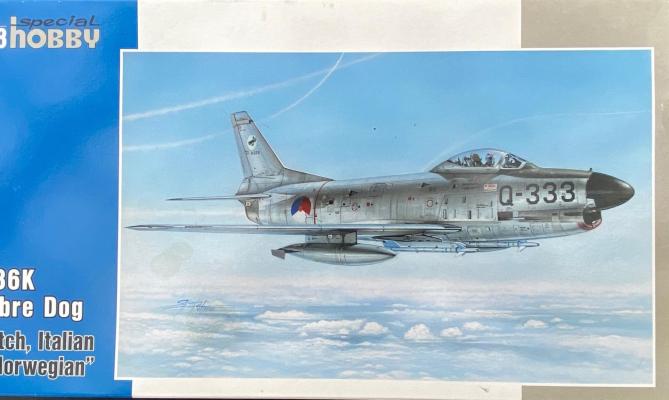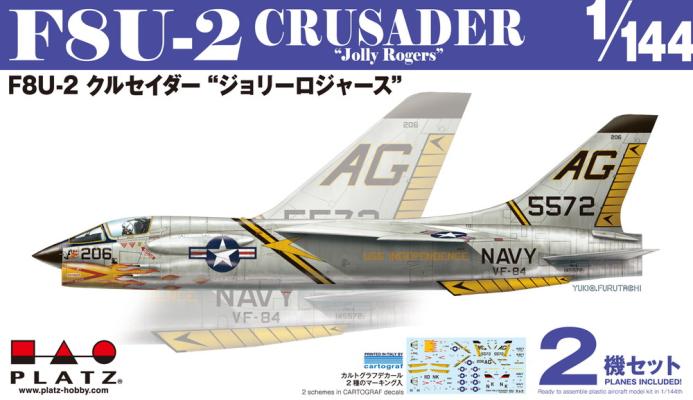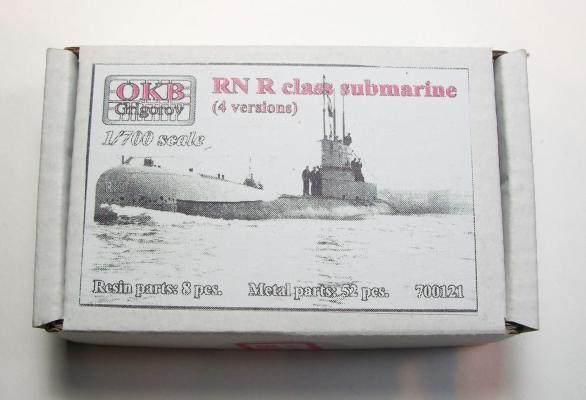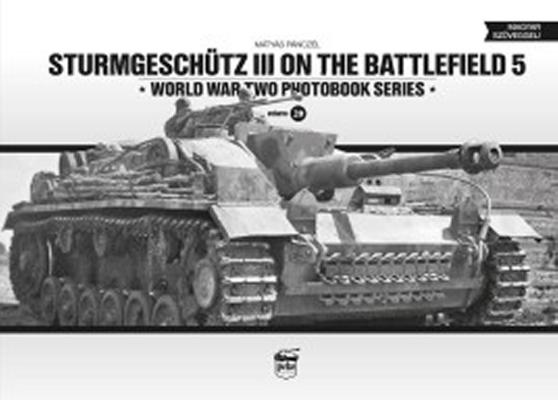Graham M. Simons is an English professional aviation writer, publisher and historian. Graham M Simons is one of the founders of the world famous aviation museum at Duxford near Cambridge. His interest in aviation was piqued watching the making of the ‘Battle of Britain’ film and from the days when you could go ‘aircraft spotting’ at London Heathrow and local airports. Graham’s engineering background led him to membership of a number of aviation societies, including sitting on the British Aviation Preservation Council. He was responsible for overseeing the restoration of a De Havilland DH89 Dragon Rapide airliner to flying condition and placing this aircraft - with official approval — in the colors and markings of the first aircraft of what was then the Kings Flight. It was during this period that he was contacted by Ian Allen Ltd to write the first ever history of this classic De Havilland type.
What's New
Contents
This book is a compilation of the 4-view colour profile, scale plans and photo details of the single variant of the Messerschmitt Me 410 A-1. Scale plans in 1/72 ( the Italeri kt is available) and 1/48 (Meng and Revell kits are available) scales plus drawings from wartime technical manuals. Also included are photos of the aircraft details in black and white and colour.
The first three pages are dedicated to 1/72 scale line drawings, including right and left sides, plus top and bottom views. These pages include wing details without airbrakes and the forward fuselage details of the BK-5 (50mm cannon) equipped Me 410 A-1/U4.
Next several pages including a foldout section for the 1/48 scale drawings. Excellant detail included therein. I especially appreciated the fact the illustrators included the antenna wires layout in the profiles.
Following the changes with Revell USA over the last few years, Atlantis Model Co. has acquired molds of classic Revell and Monogram kits. Some have not been released in quite a long time.
The Allison 501 D13 (civilian), or T56 (military) engine entered service in 1954 and is still in production under the Rolls Royce name and designated T56. It was originally developed to power the C-130 Hercules and has since been used in aircraft like the P3-C Orion, Electra, E2C Hawkeye and many others.
I understand Atlantis worked to improve the molds. I could see that the molds in this kit had either held up really well, or had some work done to improve and clean them up.
Brian Lane Herder is a WW2 naval enthusiast and legislative librarian for Kansas state government. Adam Hook did the illustrations and Martin Windrow is the Series Editor.
You get a 9.75 X 7.25 inches size paperback book with ten sections. You get 8 full-page, full color Plates (illustration by Adam Hook), 18 full color photos (most not seen before), 25 B&W photos (most not seen before), 7 tables/diagrams. The full color Plates visualize tactics of fleet deployment and attacks, and are the highlight and main reason for reading this book. Almost every page has a photograph or is an illustration, making this book an easy read with eye-catching visuals. Some of the photographs are in color and most have sharp detail. Most photos appear to be presented for the first time. The prose is easy to follow and efficient.
Bottom Line
Tom’s Modelworks supplies a hefty, highly-detailed PE set for the Fujimi family of 12 large, Kawasaki-type Imperial Japanese Navy fleet tankers. This PE set is for advanced modelers with some scratch-building experience.
Brief History
The Kawasaki type tankers were twelve large (~10000 tons) tankers that were designed in the mid-1930s with the intention of joining the fleet in wartime, to be refitted with underway refueling of warships. Although there were some variations in dimensions from different yards, they were very similar in appearance and performance. Seven were used during the Pearl Harbor attack, and all were extensively used by the fleet, but none survived the war.
John Boyes was born in Edinburgh in 1947. Educated at Rugby School, he qualified as a chartered accountant in 1972 and thereafter pursued a career in the motor industry until his retirement in 2005. He has had a lifelong interest in the history of missiles and published his first book, Project Emily: Thor IRBM and the RAF, in 2008. John followed with Thor Ballistic Missile: The United States and the United Kingdom in Partnership in 2015. He is the treasurer of the Royal Air Force Historical Society and financial controller of the Bomber Command Association, responsible for the financial management of its memorial in London. He has given a number of lectures on Thor and regularly contributed to the British Nuclear History meetings at Charterhouse. He is married and lives in West Wickham, Kent.
The F-86 D was built as a stop gap interceptor while the U.S. developed more sophisticated and mission specific aircraft for that purpose. At the same time, the European NATO operators realized they needed the same type of aircraft and the F-86K was the result. The F-86K differed from its U.S. built examples by installing cannons in lieu of the rockets on the US version. Some plugs were added into the fuselage to maintain the center of gravity. Italy’s Fiat company produced license-built versions of the F-86K. Also of note, was the capability of some of these aircraft to carry sidewinder missiles.
The F8U Crusader (later re-designated as F-8) was the first operational supersonic carrier aircraft serving for the United States Navy and Marine Corps in the late 1950s. Often considered the last gunfighter, it was well loved by pilots for exceptional performance. One interesting feature was the movable wing assembly. While it’s often believed that the purpose of the raised wing was to improve lift, the fact is that raising the wing allowed the fuselage of the aircraft to assume a lower angle of attack on landing, permitting greater visibility for the pilot, while maintaining optimal aerodynamic performance of the wing, slats and flaps.
OKB Grigorov has provided super little set of 4 submarines which represent all the various produced of this class of British Submarine ordered at the end of WW1. They were the forerunner of the modern Attack submarine. They produced 12 of these small diesel electric submarines. All but 2 were scrapped by 1923. The remaining two until 1929 and 1934.
Included is:
- Four resin parts
- Four Photo Etch Sheets
- Four different resin submarines
- Instruction Sheet
The detail quality is great; The parts are very delicate parts that need careful removal from the resin bases.
The instruction sheet is very basic but enough to get them built. You just must ensure you use the correct Photo Etch sheet with the right resin submarine. Here is a quick list to help
This book is volume 5 in a series of books containing pictures of the Sturmgeschutz in action and specifications for assault tank. Book has both English and Hungarian text.
I found the pictures in this book to be fascinating and show many of the variants of this very versatile AFV.
Many of these pictures have never been published before and I have seen a lot and yet I had no recollection of seeing any of these before.
I recommend this book to everyone with an interest in the Stug and a must for modellers.
Thanks go to Casemate Publishing for providing this book to review and IPMS USA for allowing me to review it for them

